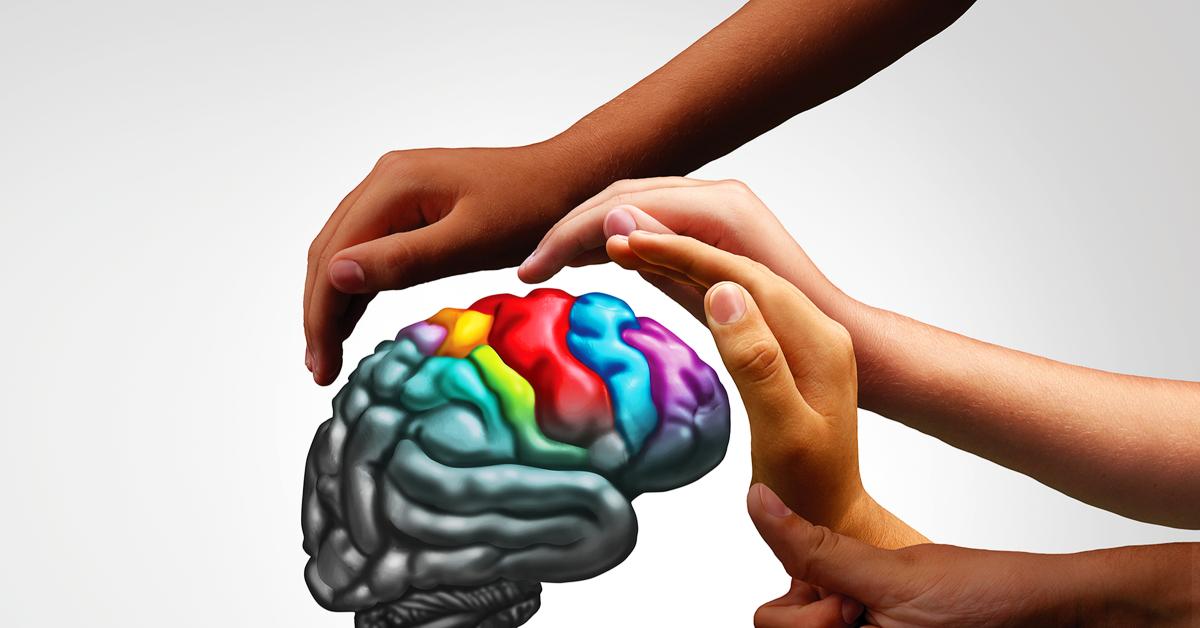CHICAGO — If an employee was ill with a virus, injured with a broken limb or being treated for a disease, most leaders wouldn’t think twice about helping that person get better and giving them time to get back to their duties.
But what if that same employee has a mental illness? Leadership sometimes can take the stance of “suck it up and get back to work,” which can lead to less-than-successful results for both the employee and the employer. Leaders who understand the real scope of this problem, however, have a much better opportunity to provide that employee with the help they need.
This was the message of “Workplace Discussions: Mental Health,” a webinar recently presented by the human relations firm PuzzleHR. Company Vice President of Customer Success Rebecca Burbridge and Regional Sales Manager Kimberly Marin hosted.
Mental Health and Society
For this discussion, Marin defined “mental health” as including emotional, psychological and social well-being.
“It’s really how we feel and how we act,” she says. “It determines how we handle the stress in our lives and how we relate to others. It affects the choices that we make.”
And it’s something that affects many people in today’s world, says Marin. “According to the National Alliance on Mental Illness (NAMI), about one in five adults have some sort of mental illness — 20% is a huge percentage.”
Historically, those suffering from mental illness have had to deal both with the effects of the illness itself and with the fear of admitting it to others.
“More so in the past, but still a little today, there was a negative stigma related to mental health,” she says. “We’ve definitely come a long way in reducing shame in regard to that, but there’s still a lot of fear about judgment, especially in the workplace today.”
The past few years have put a new spotlight on this topic.
“The pandemic brought a lot of attention to this,” she says. “We didn’t give it the attention before. And, the American Psychology Association (APA) has talked about not only the pandemic, but how arguments on social justice, our election issues, our economic issues and more have put so much stress on Americans and on the world today.”
Even when they don’t rise to what would be considered “mental illness,” these stresses are taking their toll on society at large.
The Kaiser Family Foundation, a leading think tank for health in the United States, released a tracking poll a couple years ago: “It found that 53% of the adults in the United States reported that their mental health was negatively impacted due to the environmental factors like the pandemic and the other things they listed,” Marin says. “In more recent studies, that’s receded back by a couple of percentage points, but it’s still a very material percentage of our workforce today.”
Mental Wellness Across Generations
The age of your workforce can have a significant impact on the state of mental wellness at your company, Marin says.
“Studies have found that half of millennials and 75% of Gen Zers have left roles in the past for mental health reasons — voluntarily and involuntarily,” she says. “This is juxtaposed against folks in other generations that don’t see that level of impact. If we think about our workforce today, millennials and Gen Z make up an important piece of that group, so this is something we need to pay attention to.”
This problem seems to be deepening among younger workers, Marin says.
“The APA has shown that the percentage of young Americans experiencing certain types of mental health disorders has risen significantly over the past decade, with no corresponding shift with older adults,” she explains. “The recent study suggests that it’s probably in part due to digital media. When we think about young people today, they’re always on their phones, on their screens. We’re all subjected to it at some point, but it’s different for my generation and other generations.”
Employers should take a look at the demographics that make up their workforce, Marin believes, and understand that all employees are not all the same.
“Think about your leadership teams today, and the generations that show up in that demographic,” she says. “Are they Gen Xers? Are they boomers? Do you have millennials there? It’s important to be mindful that this is affecting one group disproportionately more than others.”
Come back Tuesday for Part 2 of this series, when we’ll examine the true cost of mental illness in the workplace, as well as some tools leaders have to help in this area.
Have a question or comment? E-mail our editor Dave Davis at [email protected].






